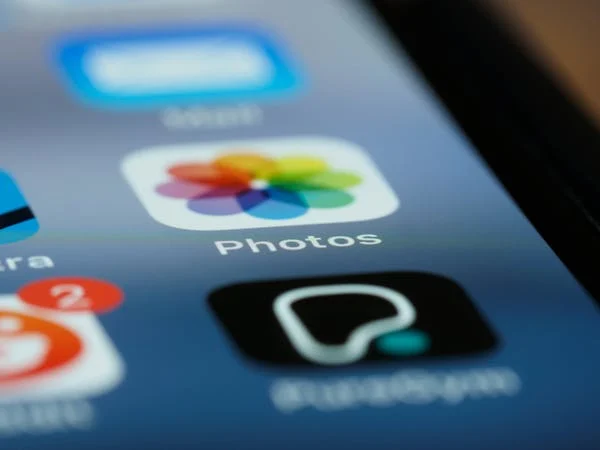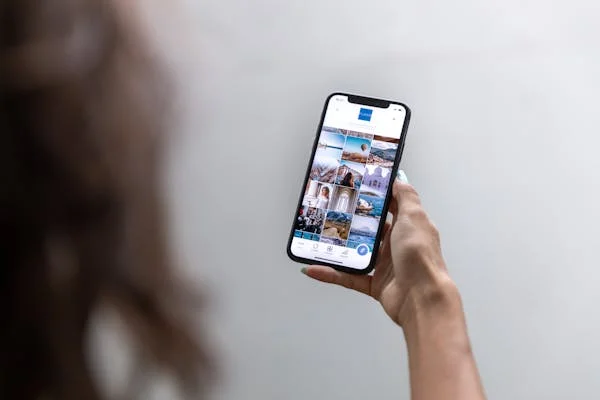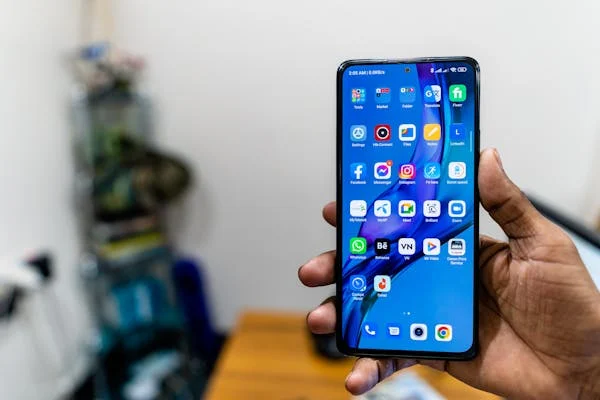The Evolution of Mobile Phone Design: From Brick to Bezel-less
Mobile phones have come a long way since their inception, evolving from clunky, oversized devices into sleek, bezel-less marvels. Each era of mobile phone design reflects not only technological advancements but also changes in consumer needs and aesthetic preferences.
Let’s take a journey through the fascinating evolution of mobile phone design.
The Brick Era: The Birth of Mobile Phones
The first mobile phones of the 1980s were nicknamed “bricks” for a reason. Devices like the Motorola DynaTAC 8000X, released in 1983, were bulky, heavy, and had limited battery life. Weighing over 2 pounds and standing almost a foot tall, these phones were more status symbols than practical gadgets. Despite their size, they laid the foundation for mobile communication.
The Flip Phone Revolution: Compact and Stylish
The 1990s saw a shift towards more compact and portable designs. Flip phones, popularized by models like the Motorola StarTAC, became a cultural phenomenon. These devices offered a clamshell design that protected the keypad and made phones more pocket-friendly. The tactile satisfaction of snapping a flip phone shut was unmatched.
Candy Bar Phones: Simple and Efficient
Running parallel to the flip phone trend were candy bar phones, which featured a straightforward, rectangular design. Nokia dominated this era with iconic models like the Nokia 3310. These phones were known for their durability, long battery life, and user-friendly interfaces. They became essential tools for communication worldwide.
The QWERTY Keyboard Phase: Texting Takes Over
In the early 2000s, mobile phones began catering to the growing demand for texting and emailing. Devices like the BlackBerry series introduced physical QWERTY keyboards, making typing faster and more convenient. These phones became staples for professionals and texting enthusiasts alike.
The Touchscreen Revolution: Enter the Smartphone
The launch of the first iPhone in 2007 by Apple marked a turning point in mobile phone design. Touchscreens replaced physical keyboards, offering larger displays and more intuitive user interfaces. This shift also introduced the concept of apps, transforming phones into multifunctional devices for gaming, productivity, and entertainment.
Slimmer and Sleeker: The Rise of Minimalism
As smartphones gained popularity, manufacturers focused on making devices thinner and more elegant. Glass and metal became the materials of choice, and bezels around the screen began to shrink. Features like fingerprint scanners and front-facing cameras were seamlessly integrated into the design.
Bezel-Less and Foldable Phones: The Future is Now
Today’s smartphones are pushing boundaries with bezel-less designs and foldable screens. Devices like the Samsung Galaxy Z Fold and Huawei Mate X showcase flexible displays that combine portability with larger screen sizes. Meanwhile, bezel-less designs, as seen in phones like the iPhone 15 Pro and Xiaomi Mix series, maximize screen real estate for immersive experiences.
What’s Next?
The future of mobile phone design promises even more innovation. Concepts like rollable screens, under-display cameras, and sustainable materials are already making waves. With advancements in AI and augmented reality, mobile phones are likely to become even more integrated into our daily lives.
Conclusion
The evolution of mobile phone design reflects humanity’s relentless pursuit of innovation and convenience. From the hefty bricks of the 1980s to today’s sleek, bezel-less smartphones, each milestone in mobile design has reshaped how we communicate and interact with technology. As we look forward to what’s next, one thing is certain: mobile phones will continue to surprise and inspire us.







